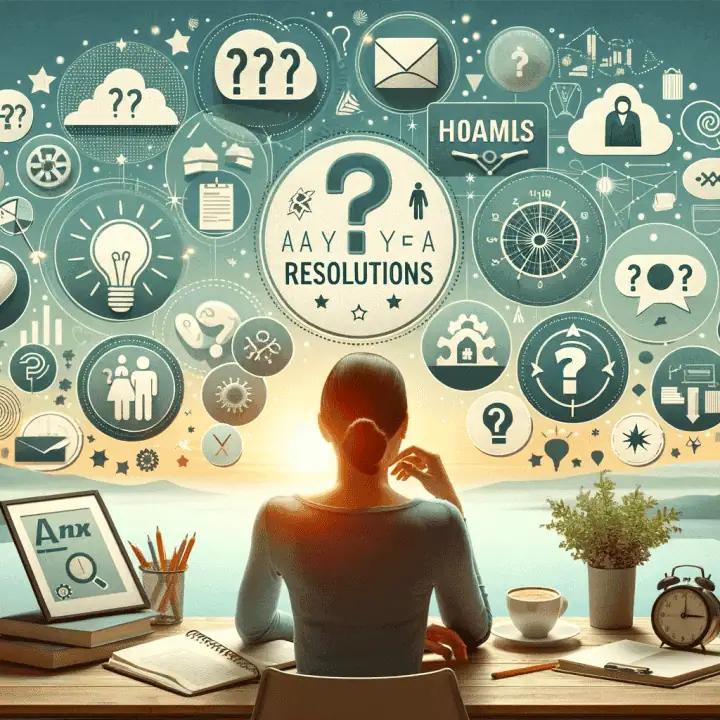How Neuro-Linguistic Programming (NLP) Can Help Change Your Beliefs
Many people live in psychological cages of their own making! The bars that make up these cages are the limiting beliefs that they have developed or acquired about themselves and the world. Beliefs shape the way we perceive the world, and they can limit our potential for success. However, we have the power to shape our beliefs through an application of Neuro-Linguistic Programming (NLP) called the submodalities model, which includes a specific process that can help us examine and restructure our belief systems.
Exceptional Beliefs Lead To Exceptional Effectiveness
Many successful people have held exceptional beliefs that have enabled them to achieve great things. For instance, Mohammed Ali believed that he was “the greatest,” while Elon Musk believes that humanity should expand its reach to Mars and that he and his team at Spacex are capable of succeeding at that. These exceptional beliefs, backed by an individual’s capabilities, have allowed these individuals to achieve exceptional achievements.
Limiting and Generative Beliefs
In NLP, the submodality belief change is done by contrasting the representation of a limiting belief with the same person’s representation of something they doubt. Then, they recode the content of the old belief to represent it as something they doubt to be true. They then insert the pre-prepared content they want to have as a new belief, giving it the submodality qualities of a belief.
Some people make a distinction between generative or useful beliefs and limiting or unwelcome beliefs, and they represent different classes of beliefs differently. With the submodality model of NLP we can find out how a particular person represents (codes) a doubt, a limiting belief, and a generative belief. With that information, it becomes a straightforward matter to assist the person in turning the limiting belief into a doubt and then coding what they want to believe with the qualities of a generative belief.
Well-formedness Conditions for New Beliefs
When creating a new belief using NLP, we need to ensure that it meets certain well-formedness conditions. The belief must be expressed in positive terms, and it must be initiated and maintained by the individual themselves so that it appears in their thinking, their states, and their behaviour. Additionally, the individual must be able to demonstrate the accuracy of the belief using sensory-specific terms and supporting evidence.
Changing Beliefs with NLP
To change a limiting belief with NLP, we must first identify the belief and examine it to determine its structure. We then contrast the representation of the limiting belief with the representation of something the individual doubts. The content of the limiting belief is then represented as a doubt. This creates a shift in the old belief, enabling us to insert a new generative belief modelled on a generative belief that they already hold.
The preparation for creating a new belief involves answering several questions. What do you want to believe? What do you want to have that belief for? In what context will the new belief operate in? What will believing that do for you? What are the likely consequences of having the proposed content as something you believe to be true? These questions help to ensure that the new belief meets the well-formedness conditions.
Conclusion
By using the NLP submodalities model to change our beliefs, we can transform our perception of ourselves and the world around us. By identifying and reprogramming limiting beliefs, we can adopt new generative beliefs that enable us to achieve exceptional effectiveness. Through careful examination and the use of well-formedness conditions, we can ensure that our new beliefs are positive, accurate, and sustainable.
Demonstration of a Belief Change
Learn more
We teach the belief-change process in Unit 2 of our 10970NAT Graduate Certificate in Neuro-Linguistic Programming program.
(Note: If you would like to learn more about the New Code of NLP, you can get a copy of our latest Kindle book, ‘AEGIS: Patterns for extending your reach in life, work & leisure’ by Jules Collingwood, NLP Trainer. For only $4.99 here).
Related articles
Read our related article, Modulating Reality: A Deeper Dive into Neuro-Linguistic Programming’s Submodalities
Learn more about NLP by reading our Ultimate Compendium of NLP
If you found this article useful, please share it!
Similar Posts
Subscribe Now!
Stay Up-to-Date with Our Latest Courses and Special Offers
Stay in the loop with new course releases and opportunities by completing our form. Never miss out!


